Premium Only Content

Why We Fight: War Comes to America
This motion picture film examines world events that pulled the U.S. into World War II. Reel 1 dramatizes the early settling of the U.S., the signing of the Declaration of Independence, and a winter at Valley Forge. It explains the colonists' thirst for independence. Reel 2 dramatizes later European migrations to the U.S. stressing the strength brought to the U.S. by her immigrants. It shows luxury items (cars, radios, etc.) which contribute to U.S. life. It also depicts educational facilities, recreational activities (including many sport scenes), and prohibition era scenes. In Reel 3, U.S. troops man trenches in France in 1917. Crowds in New York City celebrate the armistice. Secretary of State Henry Stimson denounces Japan's march into Manchuria. Shows the Bonus March on Washington, D.C., and breadlines in the 1930s. Adolf Hitler watches a military display in Berlin. Haile Selassie visits the front in Ethiopia in 1935. Senator Hiram Johnson speaks for the Neutrality Act of 1935. German planes bomb cities, and street fights flare during the Spanish Civil War. Shanghai is bombed in 1937. Gallup polls find U.S. citizens isolationists. In Reel 4, Emperor Hirohito inspects Japanese troops. Representative Andrew J. May urges arming before the House Military Affairs Committee. Secretary of the Navy Charles Edison asks the Naval Affairs Committee for funds. Maps illustrate Nazi conquests of 1939. Hitler ridicules President Roosevelt's peace proposal before the Reichstag. Warsaw is bombed. French artillery on the Maginot Line fires. President Franklin Roosevelt requests Congress to amend neutrality laws. Senators Gerald P. Nye and Elbert D. Thomas voice opposing views. The Gallup poll finds citizens united to amend the laws. In Reel 5, Dean Acheson sums up arms embargo legislation. Maps illustrate Nazi aggression in Western Europe. Refugees clog French roads and FDR denounces Italy's entry into the war. Hitler, Hermann Goring, and Admiral Karl Doenitz, receive the French surrender; Nazis parade through Paris. Secretary of State Cordell Hull asks for hemispheric solidarity at Havana in 1940. FDR asks Congress for military funds and National Guard units, and Edward R. Murrow reports during a London air raid. In Reel 6, Axis powers sign the Berlin Pact in 1940. Mussolini and Hitler report to their people; Charles Lindbergh pleads isolationism; Wendell Willkie asks for aid to England. The Gallup poll echoes this view; FDR speaks to Congress on lend-lease. Lend-lease material is unloaded at several ports. In Reel 7, Stimson and Wendell Willkie ask that merchant ships be armed. Saburo Kurusu meets Secretary of State Hull in Washington, D.C. Hull sums up Japan's conditions for peace. Pearl Harbor is attacked. Draftees are inducted.
-
 2:12:26
2:12:26
Inverted World Live
5 hours agoManhunt for Suspect in Charlie Kirk's Assassination Continues, NASA Reveals "Life" on Mars | Ep. 107
222K32 -
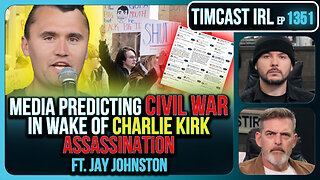 2:44:02
2:44:02
TimcastIRL
7 hours agoMedia Warns Of Civil War Following Charlie Kirk Assassination | Timcast IRL
415K313 -
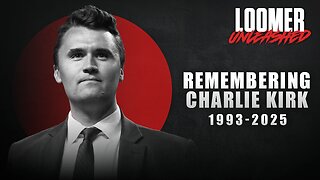 2:59:56
2:59:56
Laura Loomer
8 hours agoEP143: Remembering Charlie Kirk (1993–2025)
88.5K67 -
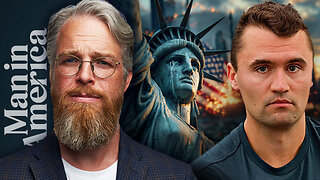 58:04
58:04
Man in America
11 hours agoCharlie Kirk’s Assassination—An URGENT WARNING for America
76.7K90 -
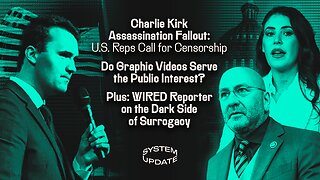 1:22:15
1:22:15
Glenn Greenwald
9 hours agoCharlie Kirk Assassination Fallout: U.S. Reps Call for Censorship; Do Graphic Videos Serve the Public Interest? Plus: WIRED Reporter on the Dark Side of Surrogacy | SYSTEM UPDATE #513
195K175 -
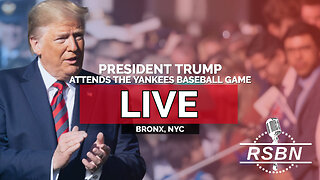 1:48:36
1:48:36
Right Side Broadcasting Network
15 hours agoLIVE: President Trump Attends the Yankees Baseball Game - 9/11/25
168K24 -
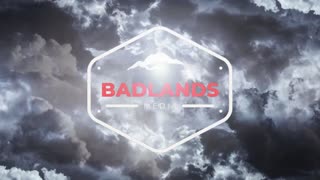 1:54:32
1:54:32
Badlands Media
9 hours agoBadlands Media Special Coverage - FBI Press Conference on Charlie Kirk's Assassination
139K20 -
 1:06:19
1:06:19
BonginoReport
10 hours agoManhunt Underway for Charlie Kirk’s Assassin - Nightly Scroll w/ Hayley Caronia (Ep.132)
302K236 -
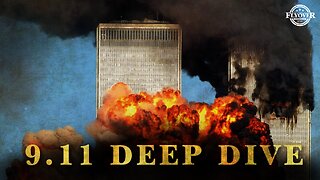 1:11:42
1:11:42
Flyover Conservatives
18 hours agoStructural Architect Destroys 9.11 Narrative... What Really Happened? - Richard Gage AIA | FOC Show
92.6K16 -
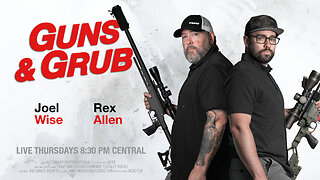 1:51:14
1:51:14
Precision Rifle Network
14 hours agoS5E1 Guns & Grub - Charlie Kirk's "sniper"
53K16